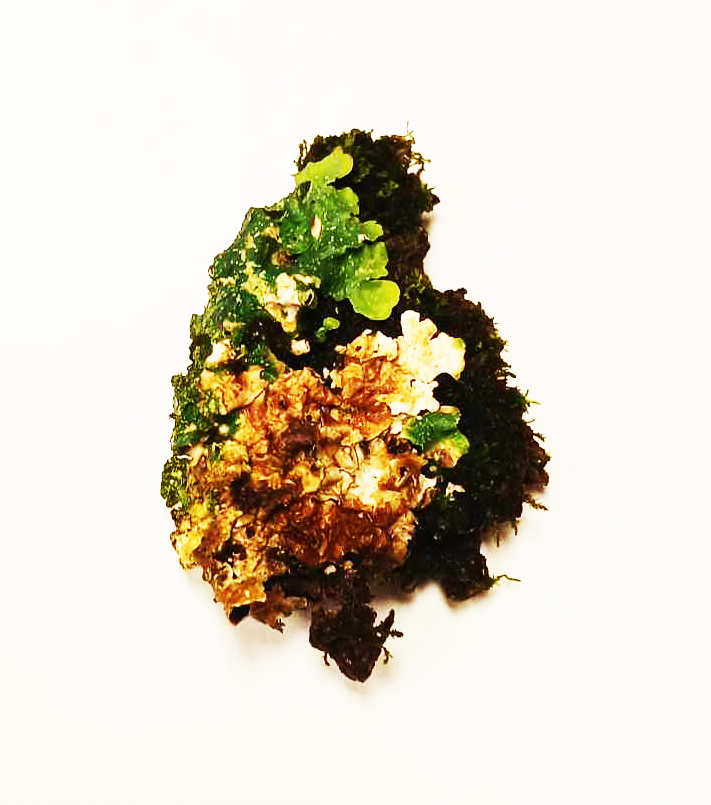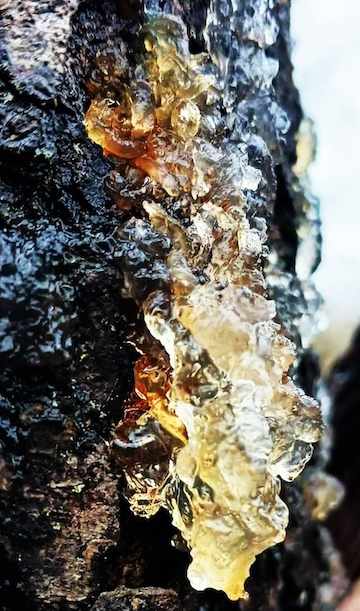Walking in Beauty
February 7, 2024
Winter gems
For a while, snow coated Conservancy preserves.
A massive melt in late January brought high water, muddy trails and glimmering colorful trinkets of never-fading nature.

At Brennan Woods, a small piece of bark stood out amid the remaining snow on the trail. Vibrant jade dazzled against the dark brown ground and white snow.
That bit of bark hosted so much diversity. On close inspection, one could see leafy green lobes and golden fungus.
When first plucked from the forest floor, it felt damp and alive, like the earth itself. A week later, on my desk, the bark is dry, the green is grayish and the fungus is crumbly. The snow’s moisture gave life to a tiny ecosystem, about the size of my thumb, right in the middle of the trail. It demonstrates both the resilience and the fragility of nature.
A black cherry tree at a preserve across the lake from Brennan Woods held snow longer than the other trees. Black cherry bark is flaky. The spaces between the chunks may have filled with ice that melted slowly, pulling amber resin to the surface in glistening conglomerates. This resin hardens and has been known to capture and preserve insects for millions of years.


Sun-loving black cherry trees thrive throughout the eastern U.S. in a variety of landscapes. They are a fast-growing species, reaching up to 80 feet. The fruit is enjoyed by humans and wildlife.
Native Americans used the bark and roots as medicine. The resin was chewed like gum.
Though evidence suggests black cherry bark and leaves may be toxic to humans in large quantities, wildlife like deer can eat the leaves and twigs without harm.
Photos and blog by Amy Oberlin
